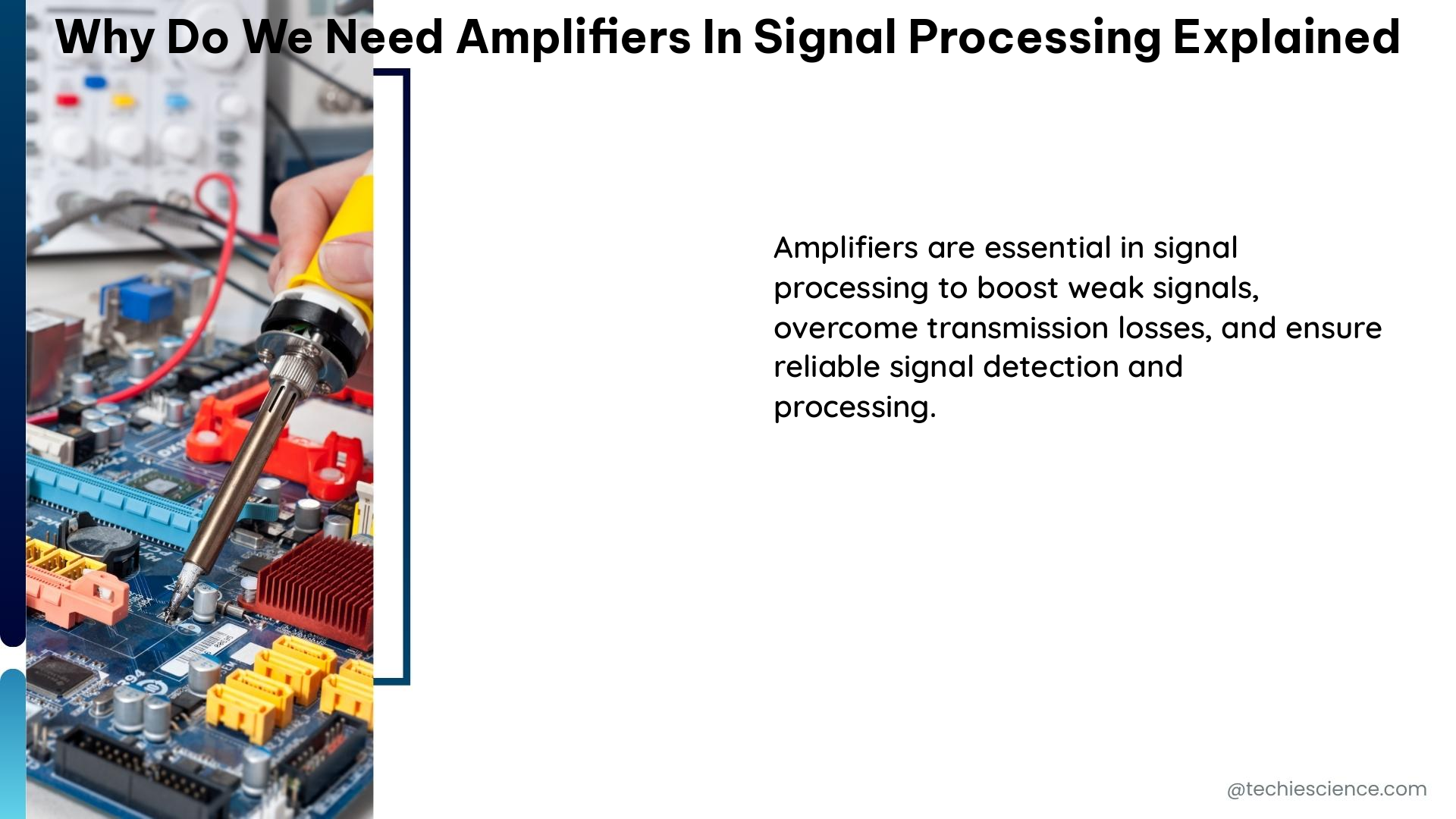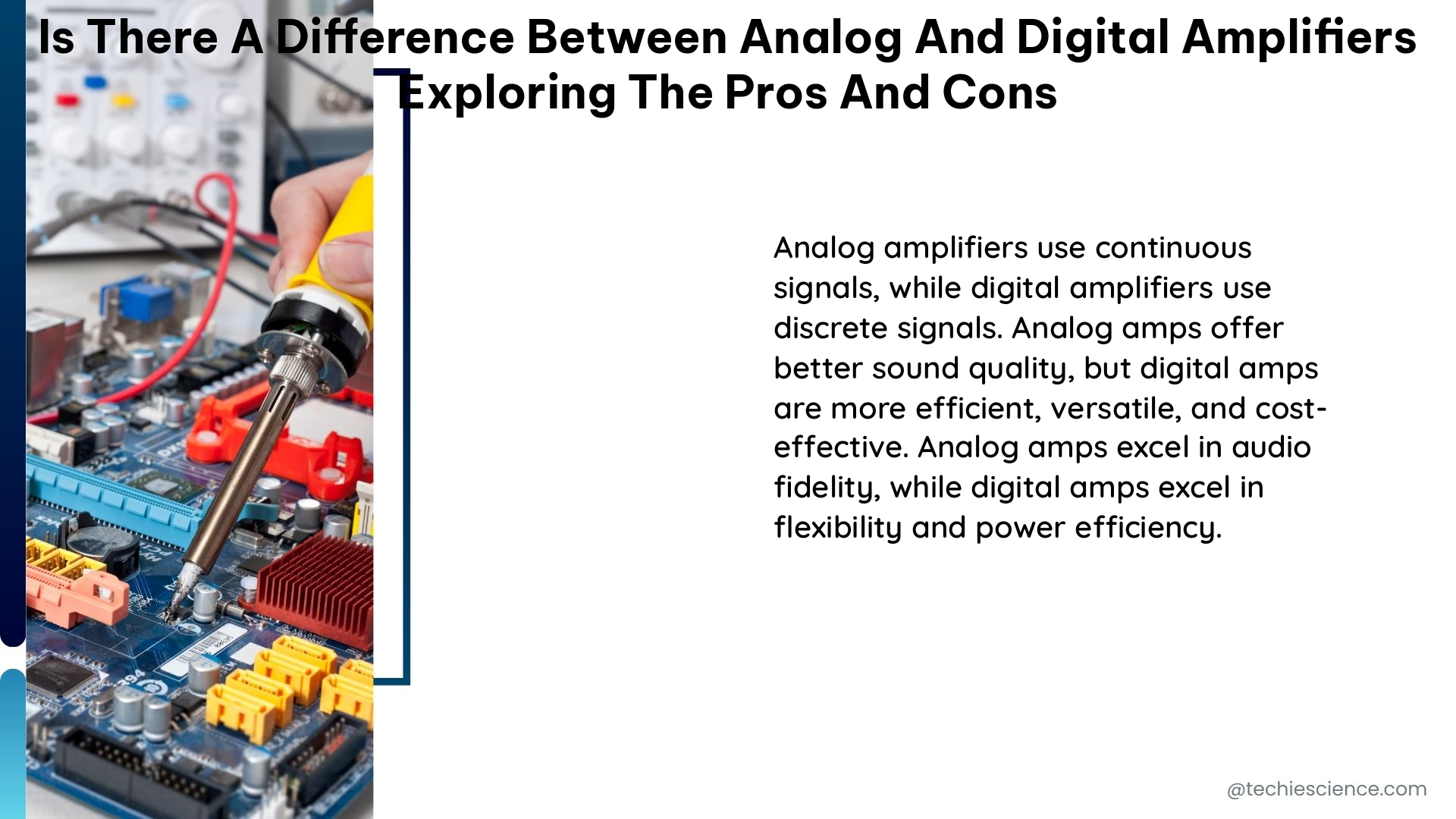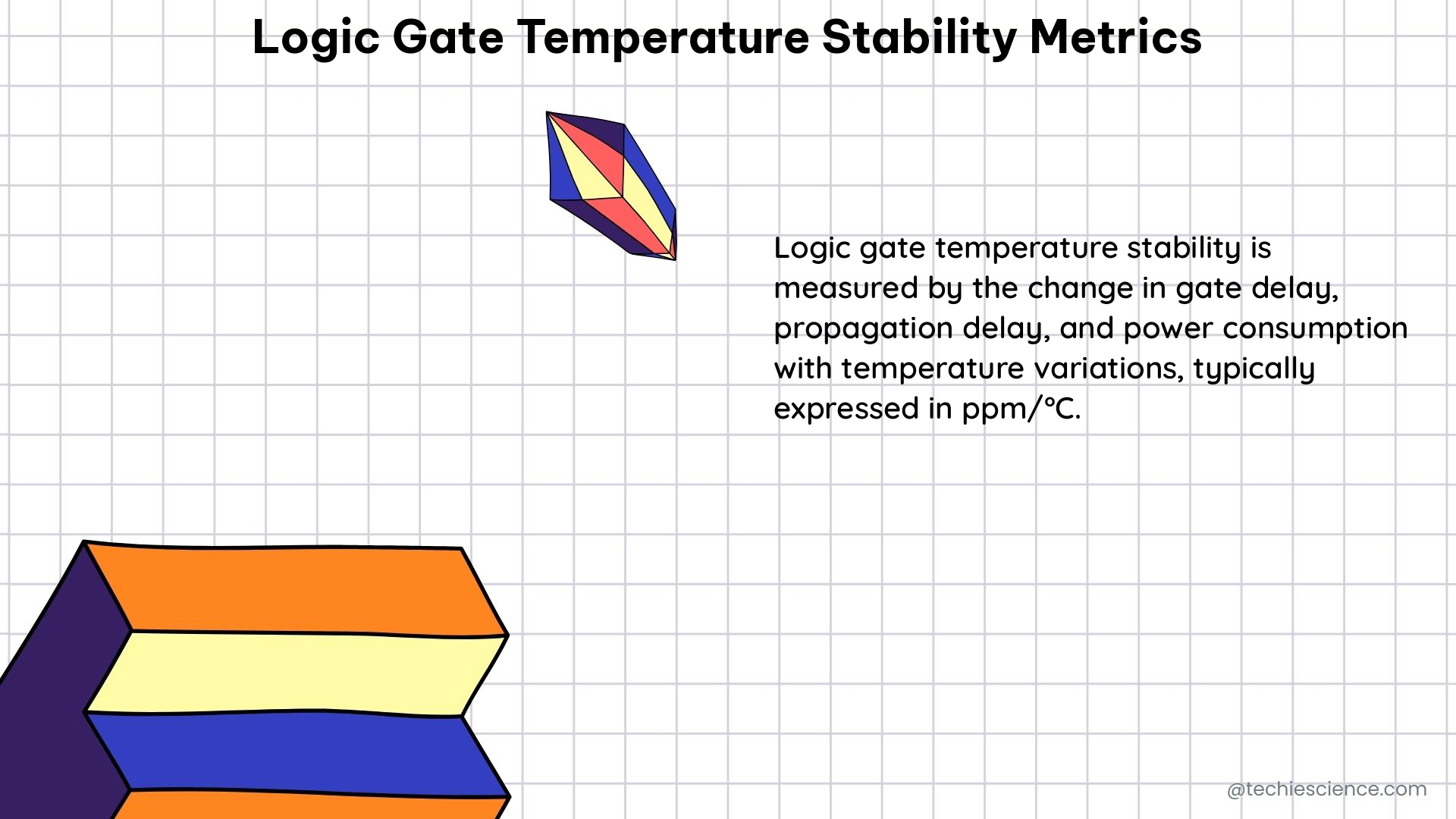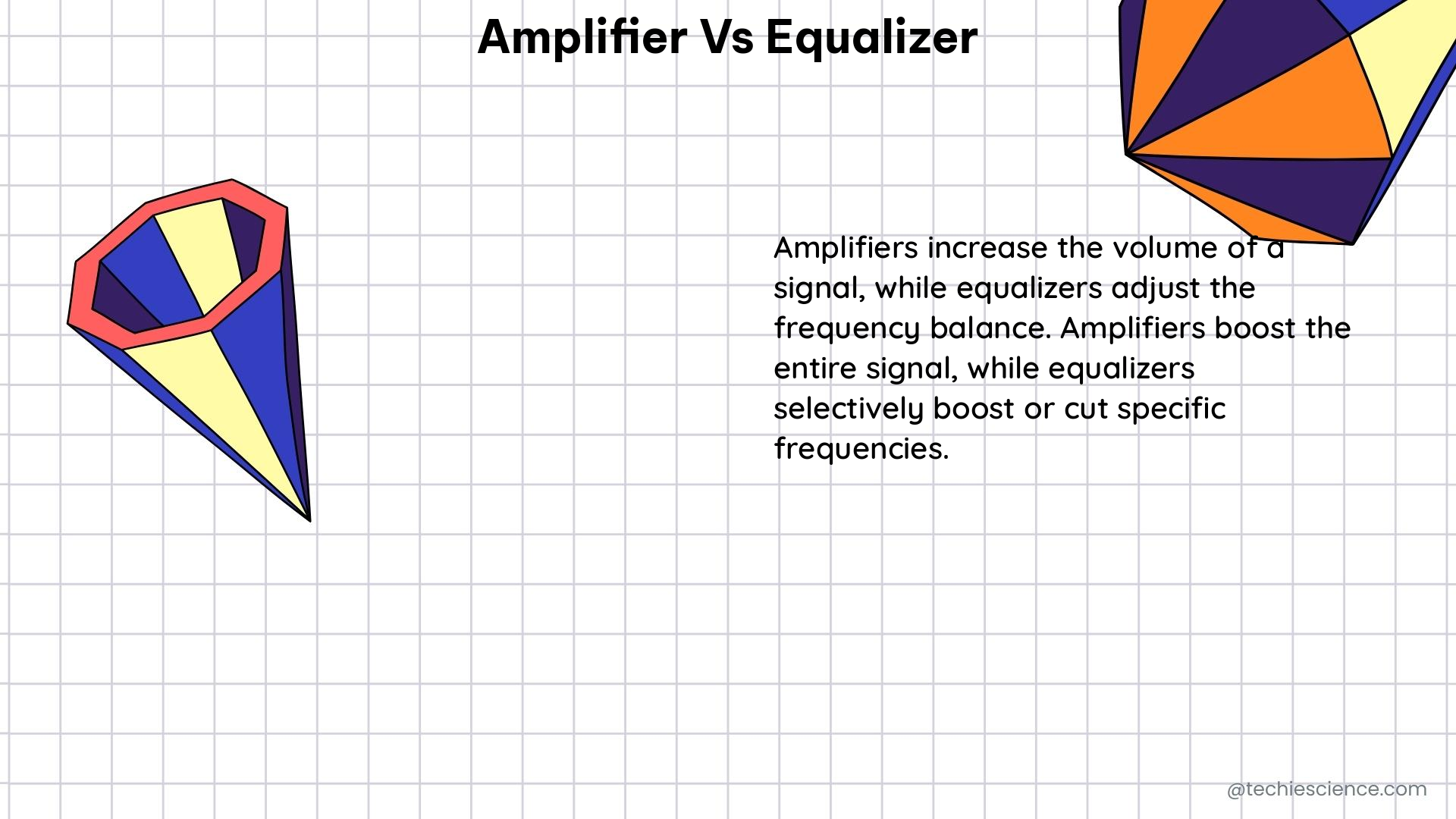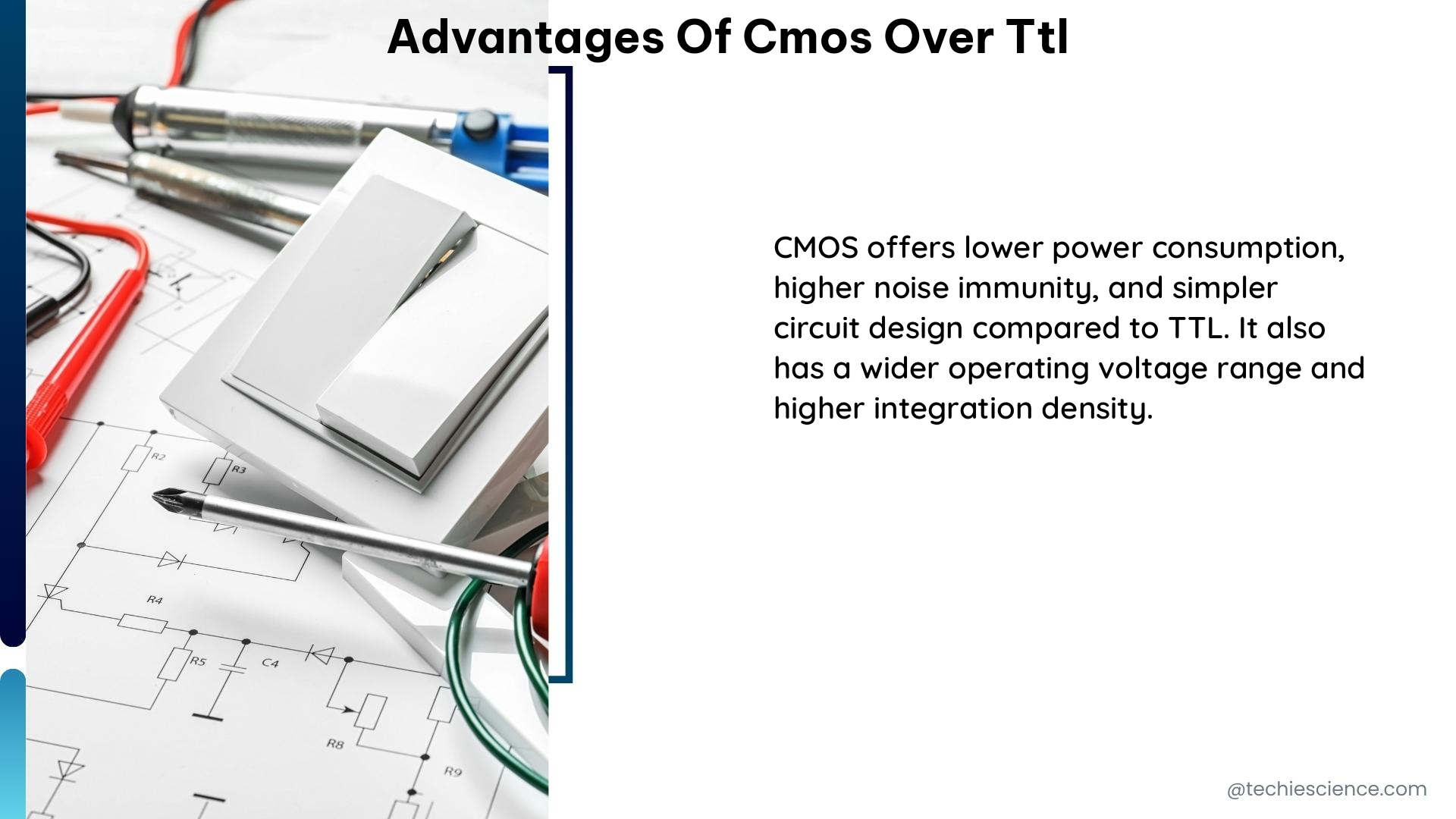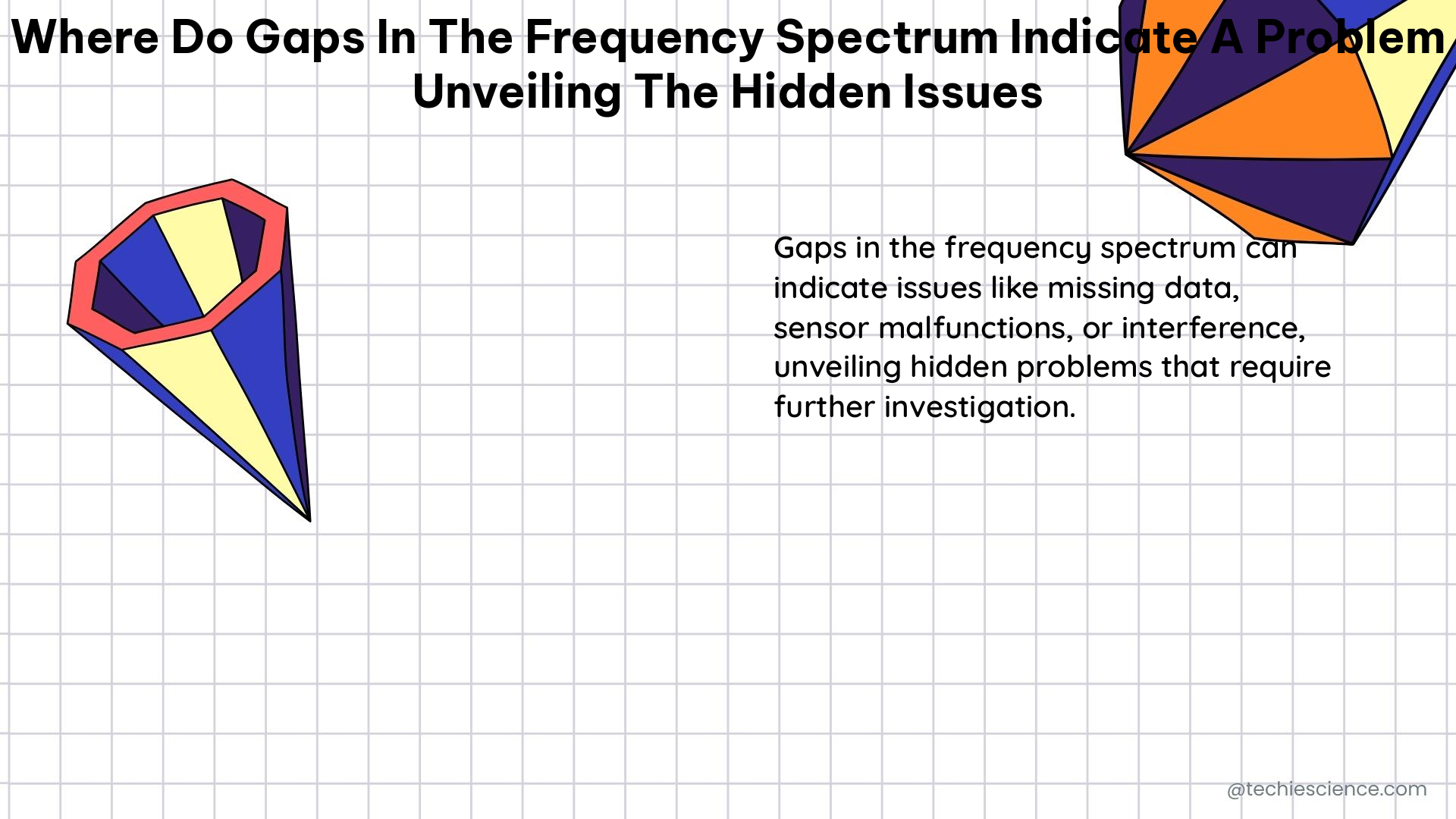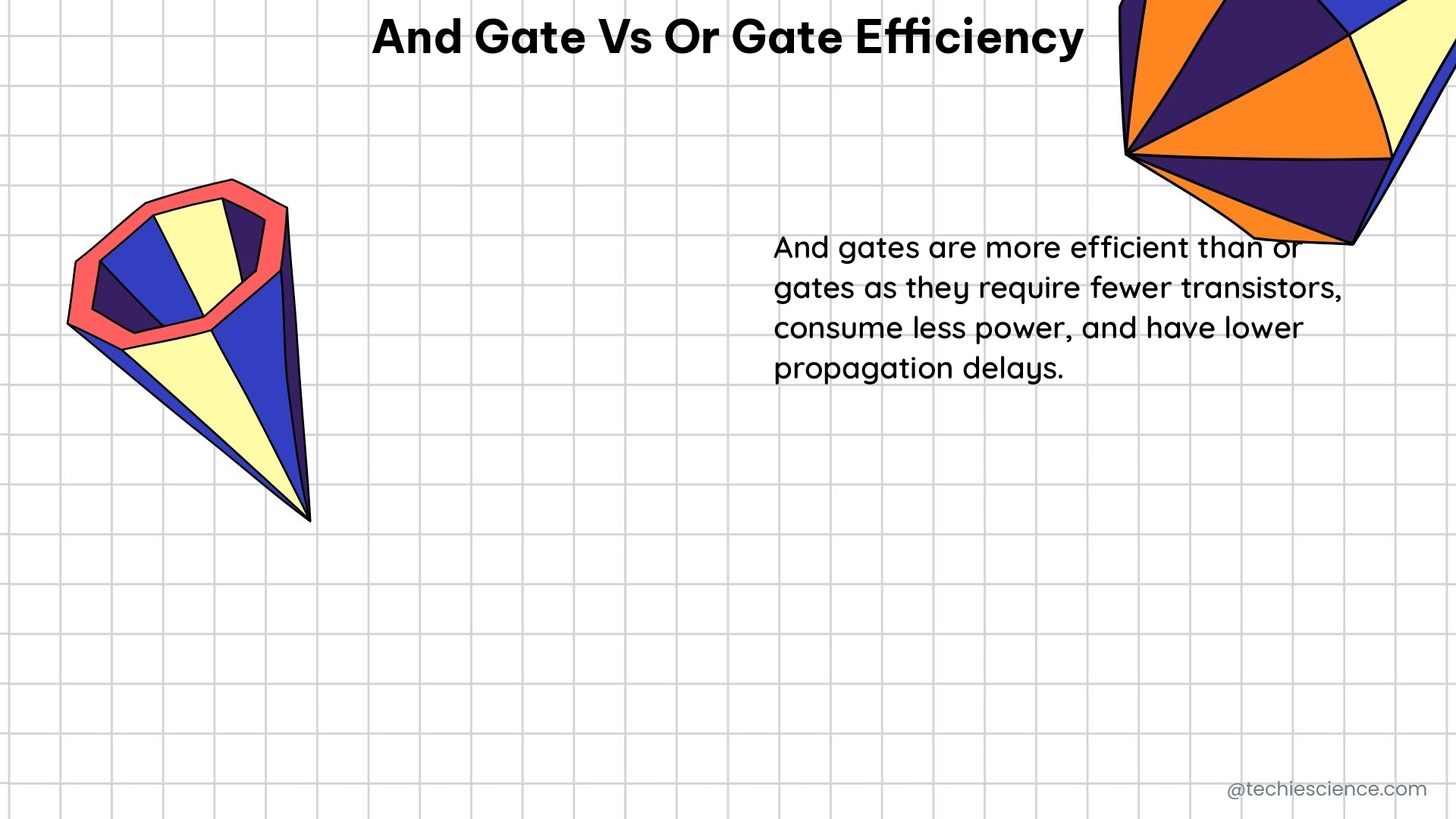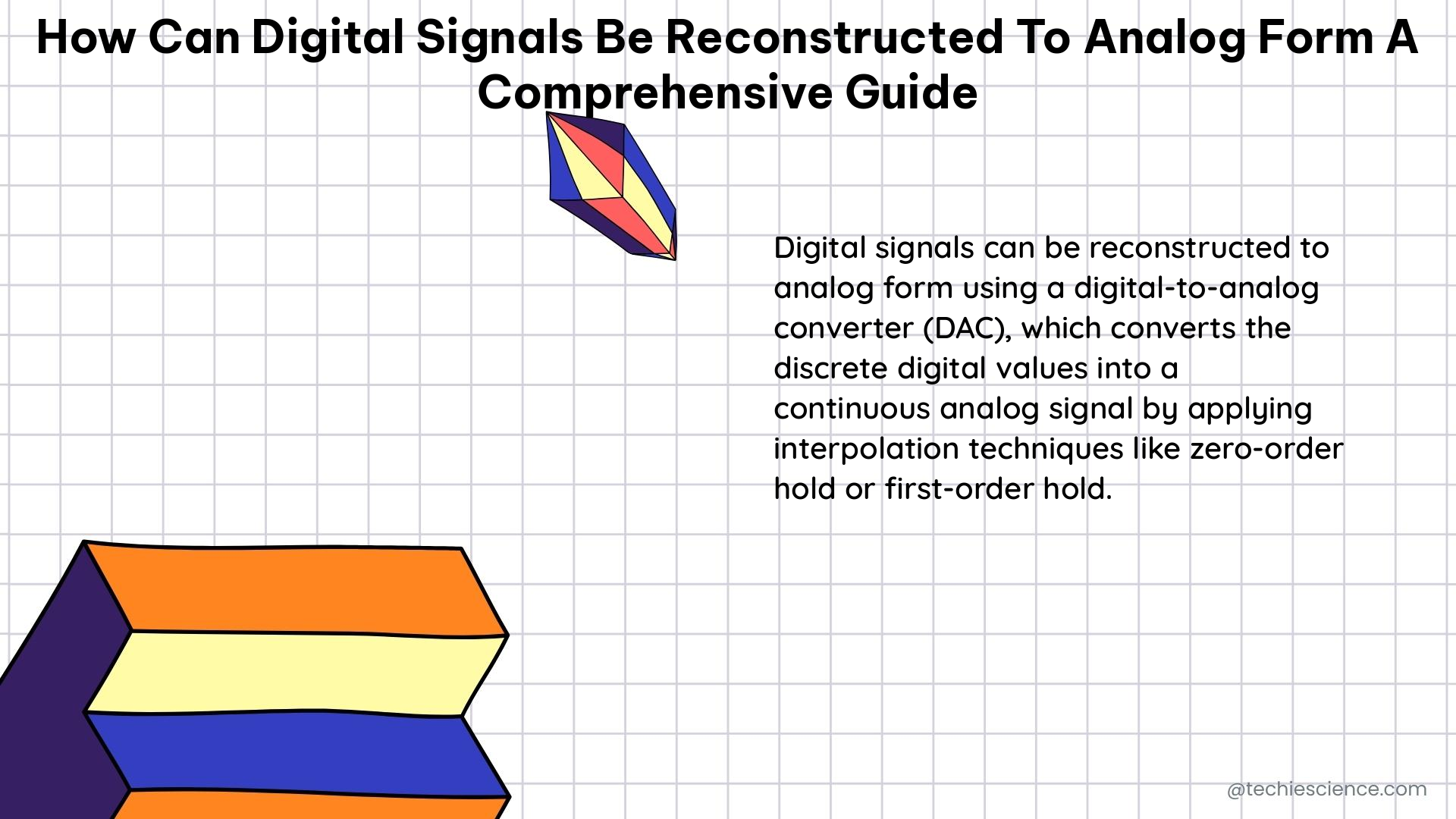Why Do We Need Amplifiers in Signal Processing Explained
Amplifiers are essential components in signal processing, as they play a crucial role in amplifying weak signals to a level where they can be effectively detected, measured, or processed by other devices. In this comprehensive guide, we will delve into the technical details and quantifiable data that explain the necessity of amplifiers in signal processing. … Read more
